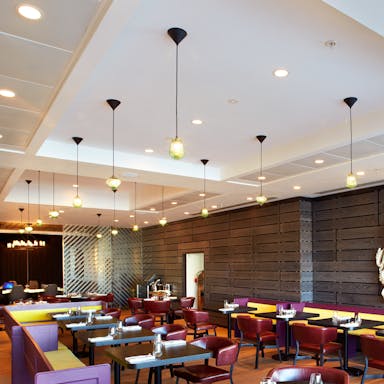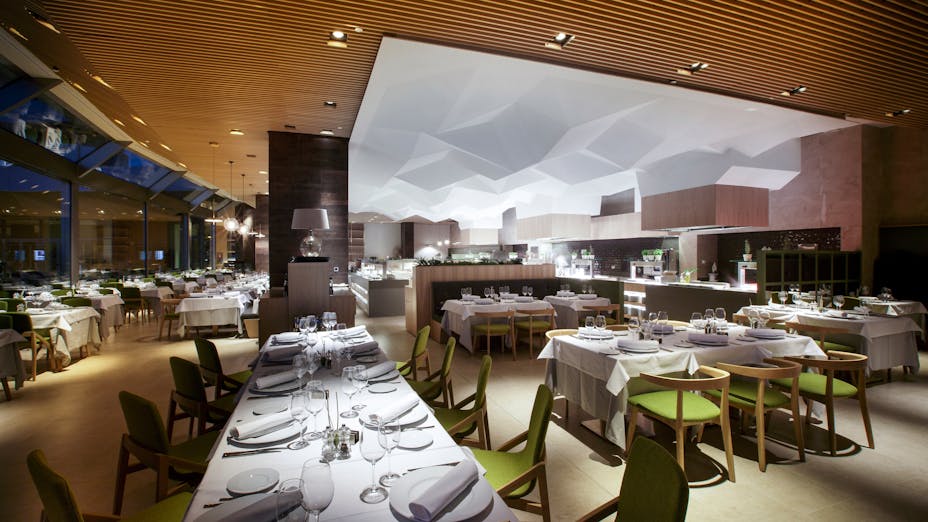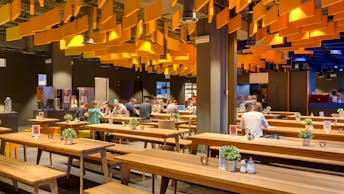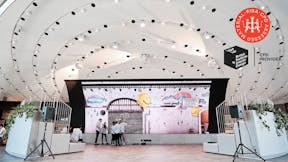Inspiration from the Ancient Egyptians
The practice and profession of interior design are over 100 years old, and the roots of interior design can be traced back to the Ancient Egyptians.
They decorated their mud homes with animal skins, simple textiles, graphic biographical and spiritual murals, sculptures and painted urns. Throughout Ancient Egypt, the “soul houses” with ventilation, porticoes, columns, loggias, windows, and doors, are the decipher cues about interior design for several Egyptian dynasties.
The Roman and Greek civilisation advanced the Egyptian art of interior design, where accessorising was a part of showcasing and celebrating the civic pride e.g. the invention of the domed-roof public buildings. The Greek elaborated upon the design and brought wooden furniture with intricate ivory and silver decoration into the interior design, while the Romans married beauty and comfort in their homes. The two trends reflected wealth, social, and political status.
From wooden panelling to a focus on wellbeing and functionality
The on-going global wars created a sudden movement to focus on exactness throughout Medieval Europe.
The Dark Ages created a trend of sombre wood panelling, minimal, and solely practical furnishing, and stone-slab flooring. The interior design was muted as colours didn't exist and the main source to materials was stonework.
With the arrival of the French Renaissance, a renewed focus arrived and the inspiration arose from creativity. The current architects started to create home and spaces with substantial decorative notes with marble floors, ornate inlaid woodwork, and furniture from the finest materials.
Afterwards, the Italian Baroque made its entre and by the 18th century, the interior design was concerned about the Rococo style while being influenced by Asian stoneware, floral prints, and exotic details.
By the 20th century, functionality became a key component where the rapid growth in home appliances as stoves, washing machines, and televisions created a new challenge as the spaces couldn’t only be aesthetic.
The movement from 1930 to now emerged to a softer, suburban take on Modernism where colours, natural, and rustic elements are welcome and well-integrated into the interior. The trend focus on that statement lighting should remain in a simple way to fit into the functionality of the homes.
Interior design was strictly been about coordinating the architecture of buildings to reflect the inhabitants. With the rise of middle-class society, the desire for interior design arose. Especially with the bigger movement of people during the industrial revolution, designing buildings and architecture for better use of space raised in popularity. The pursuit in making the best use of space along with the focus on well-being and functional design continues to push the development and the trends, we see today.
The entry of technology has loosened the laces around the interior industry. Online services, platforms as Pinterest and Instagram, and apps with Augmented Reality have a significant impact on the industry, as well as the customer, experiences bigger transparency and made the high-end interior design available for everyone and every industry.[1]

Telling a local story with the interior design
Read more about how Rockfon acoustic ceiling solutions have transformed the interior design.





